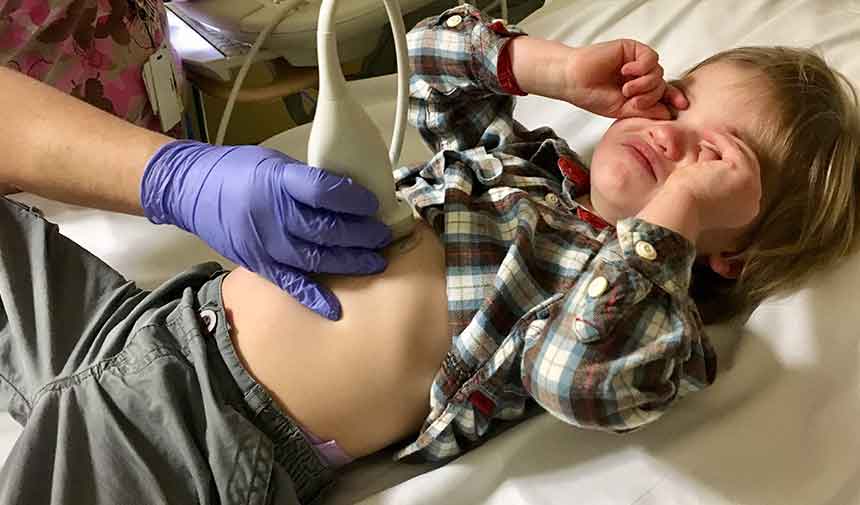Febrile convulsions are seizures caused by sudden and high fever, especially in young children, and are a source of great concern for many families. Usually seen in children between the ages of 6 months and 5 years, febrile convulsions are caused by sudden changes in electrical activity in the brain. In this article, we will discuss the causes, symptoms and precautions to be taken in febrile convulsions.
What is a febrile convulsion?
Febrile convulsions are seizures that occur when a child’s body temperature rises rapidly. These seizures are caused by a sudden change in electrical activity in the brain and are usually short-lived. Febrile convulsions usually occur at the onset of a febrile illness or when the temperature rises rapidly.
Causes of febrile convulsions
Febrile convulsions occur as a result of a high fever, usually caused by viral or bacterial infections. Here are some common causes:
Infections:
In particular, upper respiratory infections, flu, pneumonia and urinary tract infections can cause febrile convulsions. The child’s body temperature rises rapidly in response to the infection and this can cause seizures.
Vaccination:
Some children may develop fever after vaccination, which can lead to febrile convulsions. Especially after MMR (measles, mumps, rubella) vaccination, although rare, cases of febrile convulsions have been reported.
Genetic Predisposition:
Children with a family history of febrile convulsions are more likely to have these seizures. Genetic factors may cause children to be more sensitive to fever.
Symptoms of Febrile Convulsions
Symptoms of febrile convulsions can vary depending on the type of seizure. There are two types of febrile convulsions: simple and complex febrile convulsions.
Simple febrile convulsion:
The seizure usually lasts 1-2 minutes, but can sometimes last up to 15 minutes.
The child loses consciousness, the body spasms and there may be tremors.
The eyes look at a fixed point or may drift upwards.
After a seizure, the child is often tired and sleepy, but quickly returns to normal.
Complex Febrile Convulsion:
The seizure lasts longer than 15 minutes.
More than one seizure occurs on the same day.
The seizure starts in a specific area of the body and usually does not spread throughout the body.
Precautions to be taken during a febrile convulsion
Some precautions can be taken to ensure the safety of the child during a febrile convulsion and to reduce the duration and severity of the seizure:
Stay Calm:
It is important to stay calm during a febrile convulsion. Panicking can make the situation more difficult.
Place the child on his/her side:
Prevent blockage of the airways in case of vomiting by placing the child’s head on its side. This position ensures that the child’s airway remains open.
Keep Away from Hard and Sharp Objects:
If there are hard or sharp objects around the child, keep them away to prevent self-harm.
Keep Time:
Noting how long the seizure lasts can provide important information for doctors. If the seizure lasts longer than 5 minutes, call for medical help.
Do Not Put Anything in the Mouth:
Putting any object in the child’s mouth can damage their teeth or jaw. It is dangerous to hold something in the mouth during a seizure.
What to do after a febrile convulsion
A child with febrile convulsions is often tired and sleepy after a seizure. Here’s what to do:
Comfort the Child:
Lay the child on a comfortable bed and let him/her rest. Resting after a seizure helps the child recover.
Lower the Fever:
Bathing with warm water or using antipyretics can be effective to control fever. However, consult your doctor about the use of medication.
Consult Your Doctor:
Always take a child with a febrile seizure to a doctor. The doctor will assess the cause of the seizure and possible recurrence.
Conclusion
Febrile convulsions can be a frightening experience for families, but in most cases they do not pose a serious health problem. Nevertheless, it is important that children with febrile convulsions should be medically evaluated. By knowing the signs of febrile convulsions and the precautions to take, parents can be better prepared to deal with the situation.



